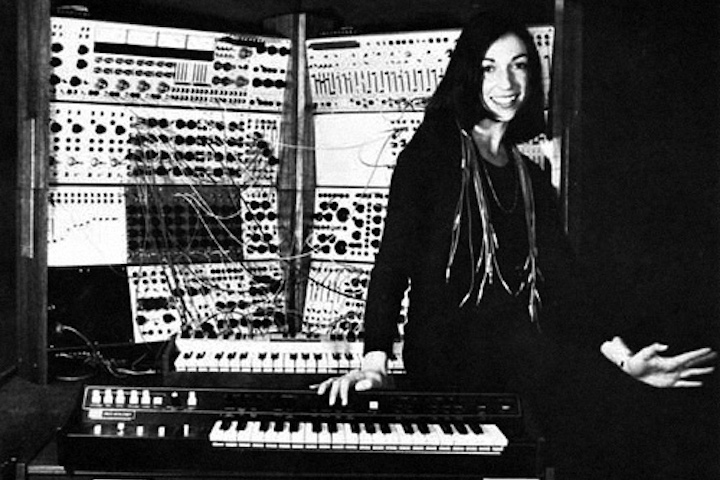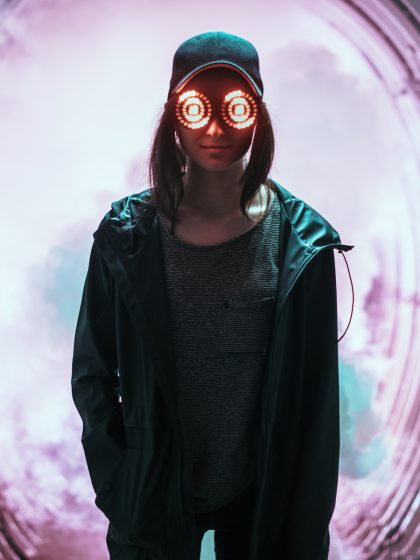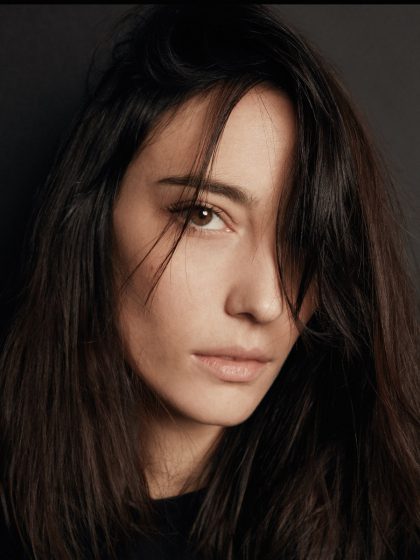Suzanne Ciani, Diva of the Diode
In honor of Women’s History Month, we are throwing some shine on the most influential female industry figures who helped pioneer electronic and dance culture.

Suzanne Ciani is one of the most important synth players and pioneers we’ve got, living or otherwise. She is simply one of those names on a very short list that just comes up again and again in the annals of electronic music history. Her work is essential listening, no matter what angle or background you’re coming from. And her career trajectory—from a classical piano upbringing, to dueling with the most avant-garde of the avant-garde synth wizards, to new age, and back to her experimental roots—is pretty unlikely, as well.
Ciani helped create some foundational sounds in pop culture, like that of an old GE dishwasher or the classic fizzy noise of a Coke being poured into a glass.
And her work wasn’t limited to her solo output. She was incredibly prolific as a sound designer and composer for video games, commercials, film, television—basically any medium she could get her hands on. She helped create some foundational sounds in pop culture, like that of an old GE dishwasher or the classic fizzy noise of a Coke being poured into a glass. You can hear them crisply in your head in hyperreal detail. That’s Ciani: audio chameleon and polymath. Her fingerprints are all over the 20th century.
Born in the 1940s, the young Ciani was at first self-taught and would “play Chopin’s music all day and scribble notes on paper, pretending to be a composer.” She received formal training at Longy and Wellesley and then headed west to seek a master’s degree at UC Berkeley. There, she met and was mentored by another synth legend, the late Don Buchla.
Buchla is often credited as the first person to design a synthesizer (even though Robert Moog beat him to market). The eccentric West Coast designer of modular synthesizers, sequencers, MIDI controllers—you name it—was part of that very early post-War American wave of inventors and innovators who helped define the tools that are still relevant and fetishized to this day.
After school, Ciani moved to New York and ran with minimalists like Steve Reich, composing all sorts of out-there sounds. She became (perhaps jokingly) known as the “Diva of the Diode”; yet she’s not really a diva, in the Diana Ross sense of the word. Ciani made frequent TV appearances and was, for a period of time, somewhat of a household name. But she was warm, accessible, friendly, and usually covered in that mile-wide smile—a dream collaborator by all accounts.
Here’s Ciani, decades ago, explaining how synthesizers work:
Doesn’t she make the concept of sound or an oscilloscope really accessible and fun? She became a natural teacher and ambassador for the technology and, more importantly, human applications of all this gear and gadgetry.
Here’s a guileless Ciani telling noted electronic music fan David Letterman (on his morning show in 1980) how her voice box works.
By the early ‘80s, Ciani was moving away from the noodly, more experimental, Buchla-style work and gravitating toward new-age territory, which she explored for a while.
In the last decade, it seems she’s embraced more and more modular synth-driven projects and performances, as a younger wave of artists and fans have acknowledged and appreciated her ridiculously deep, and still ongoing, career.
Now in her 70s, Ciani is one of the few early masters who is still around to create and continue contributing to this continuum of electronic musical exploration. If you have a chance to see her play music, by all means, DO.





